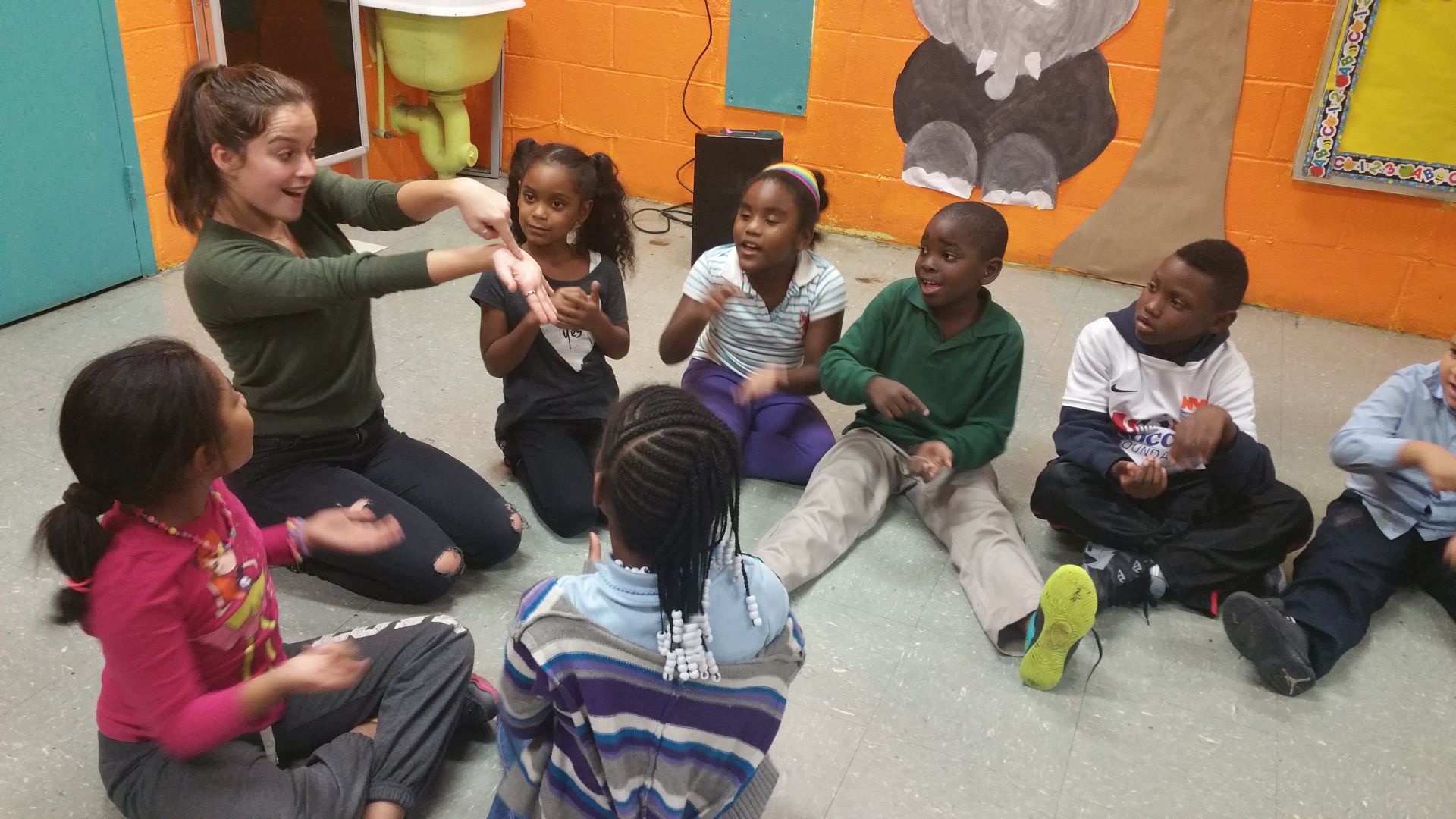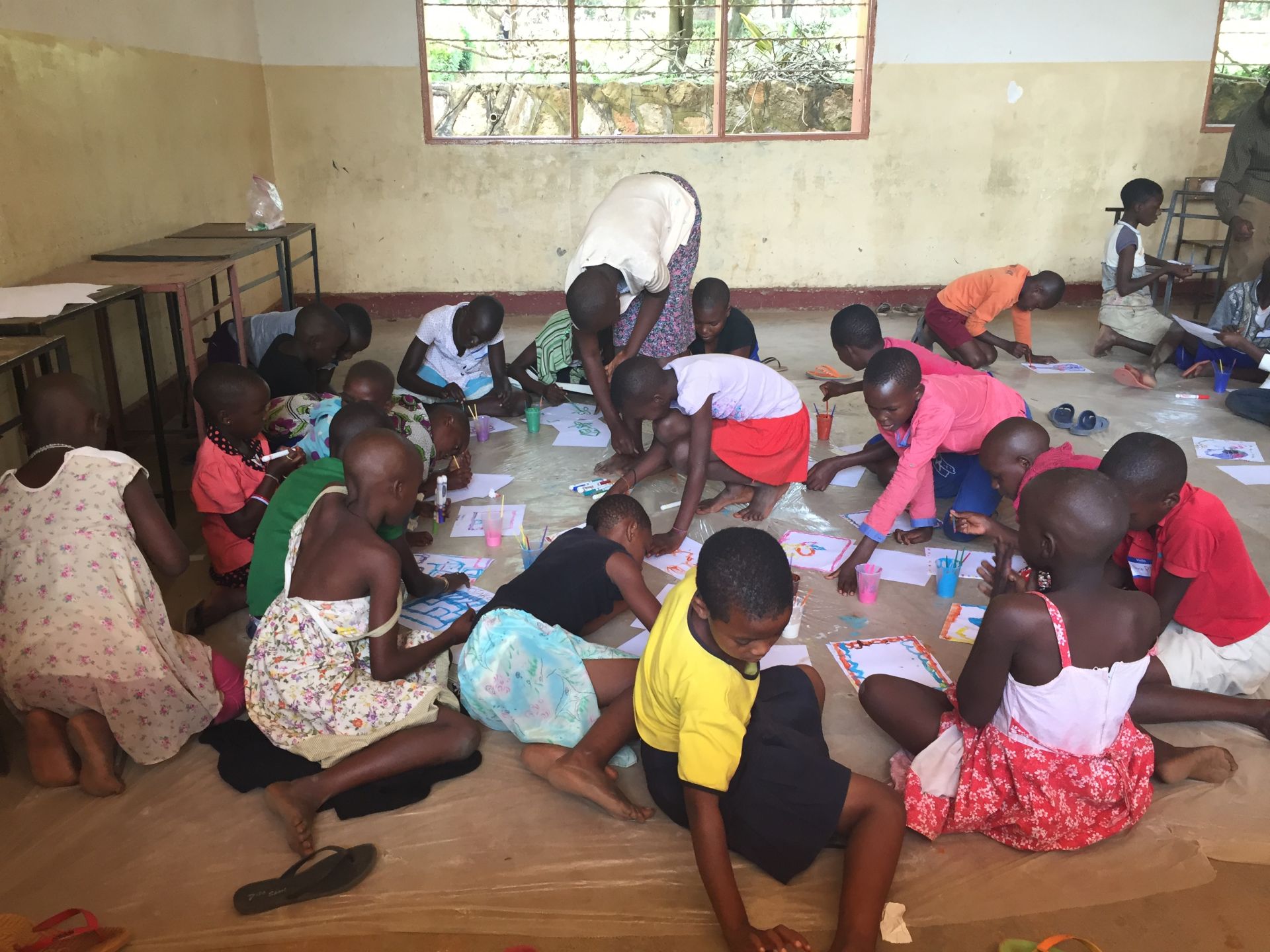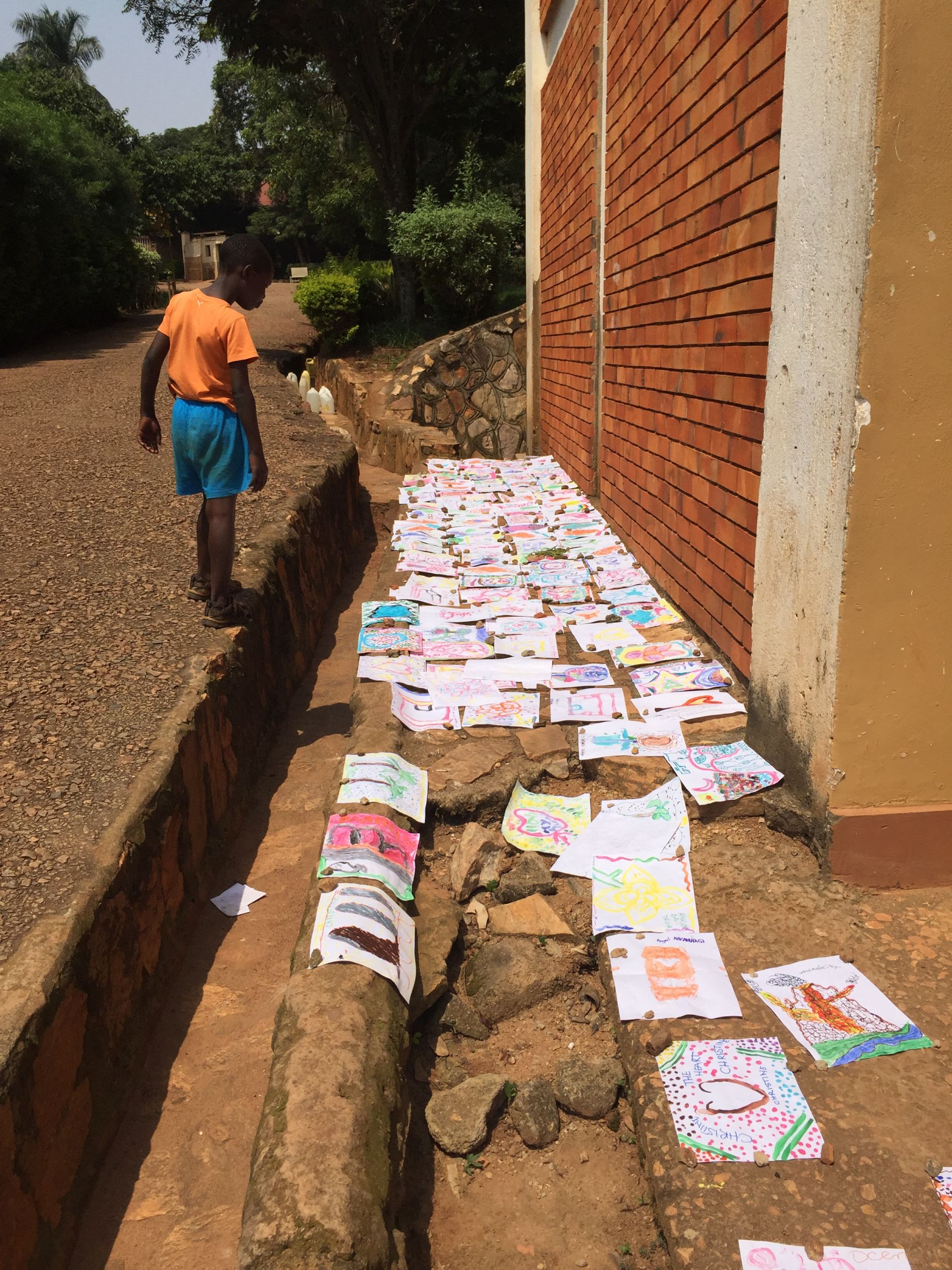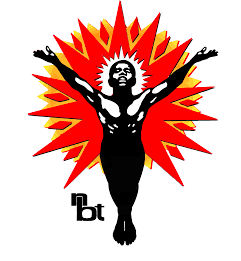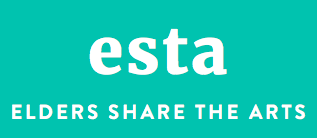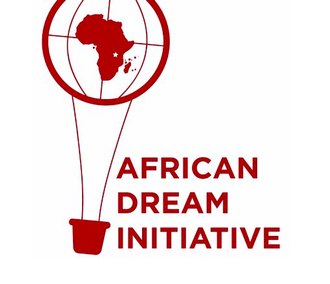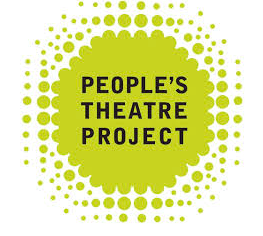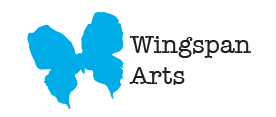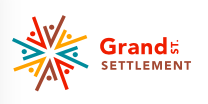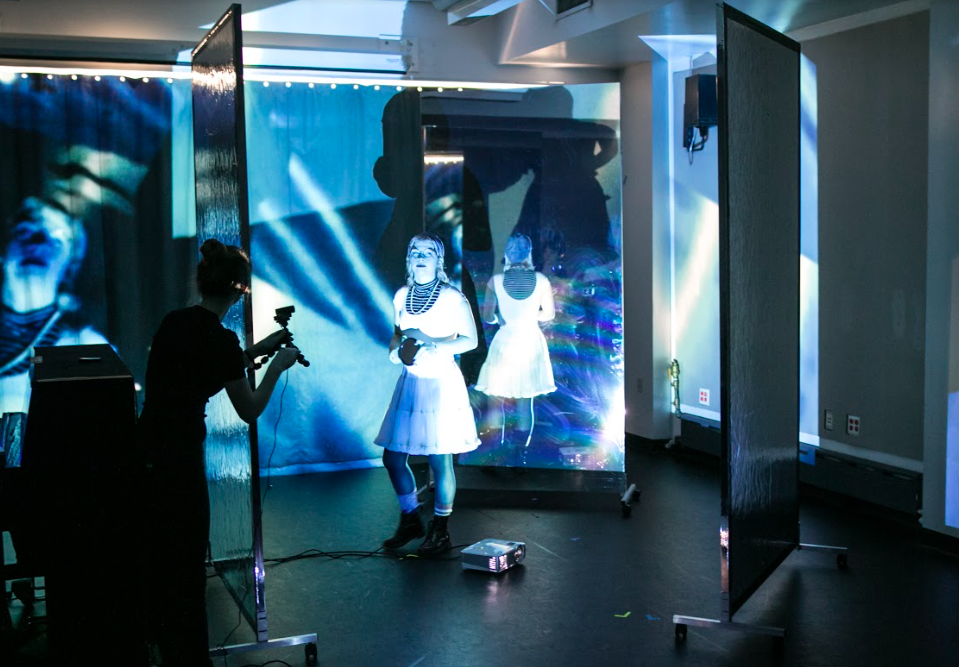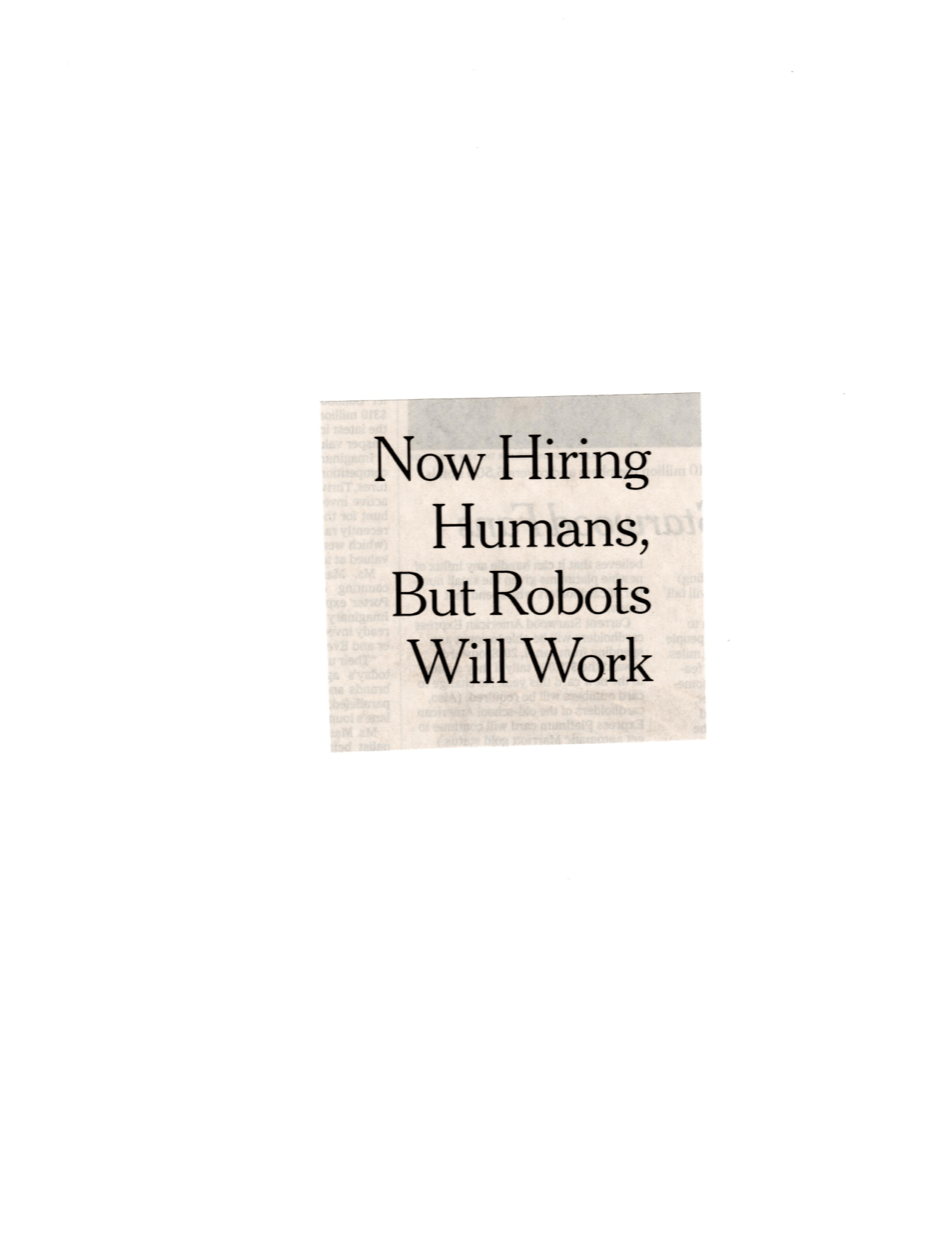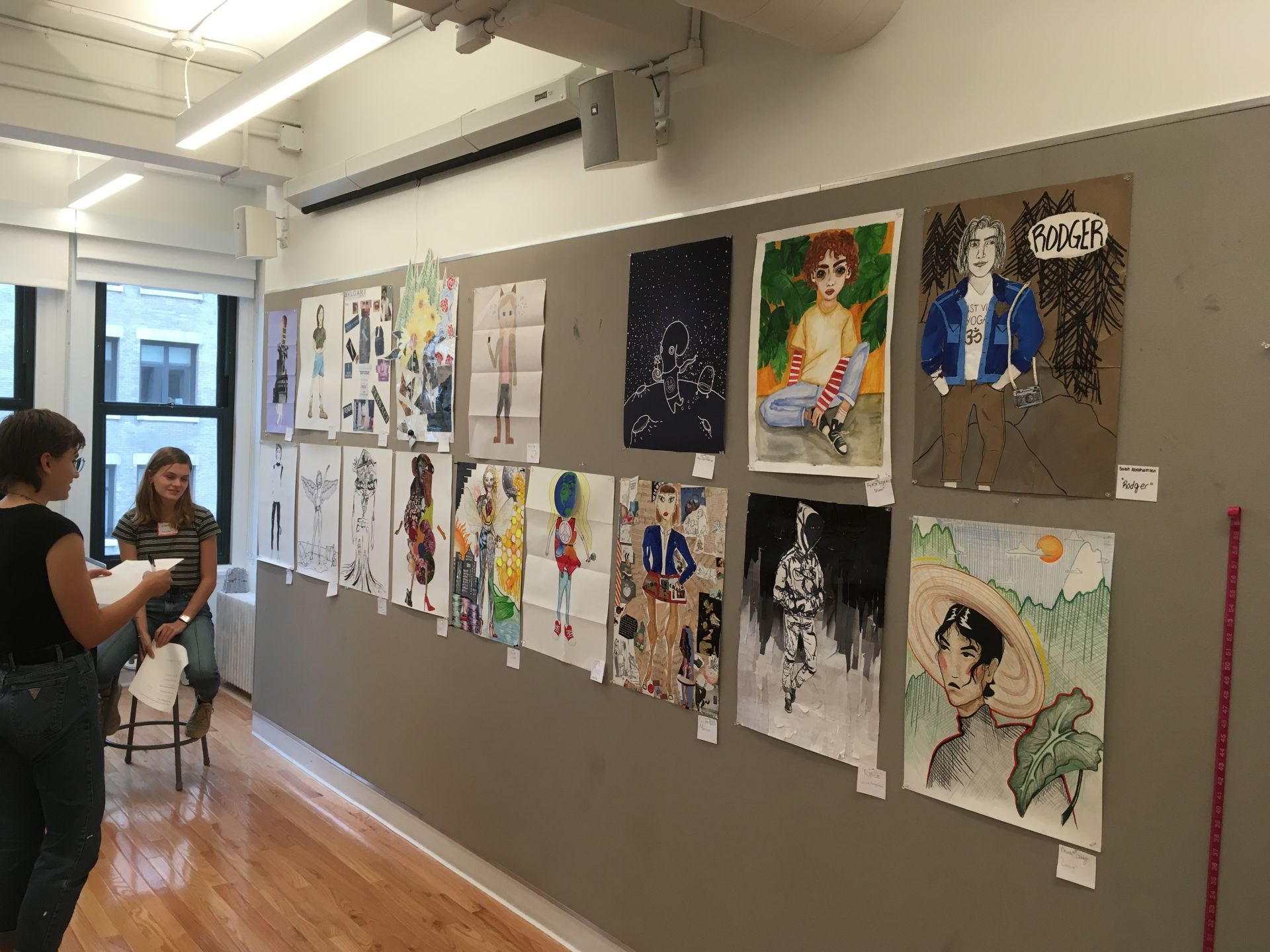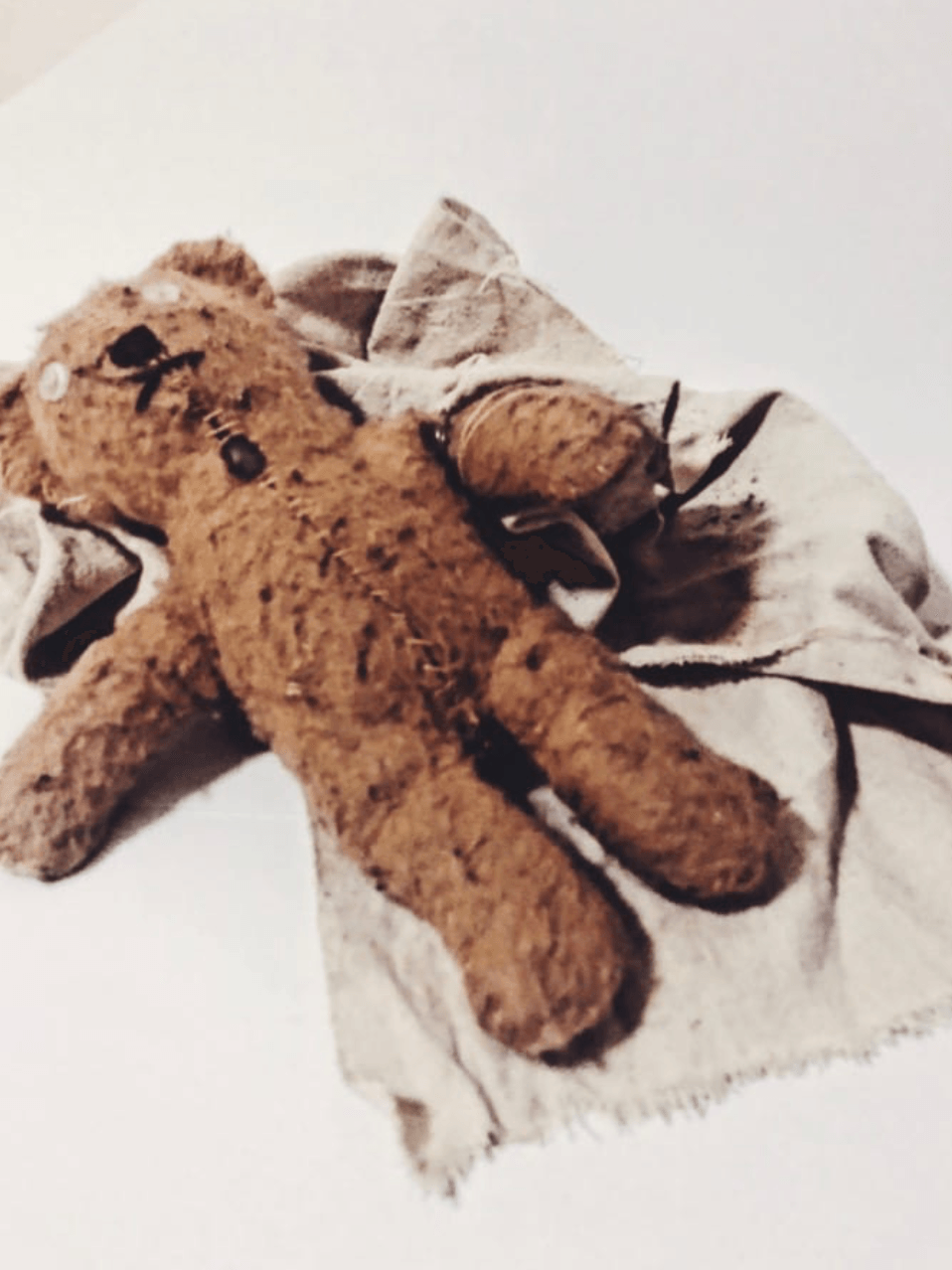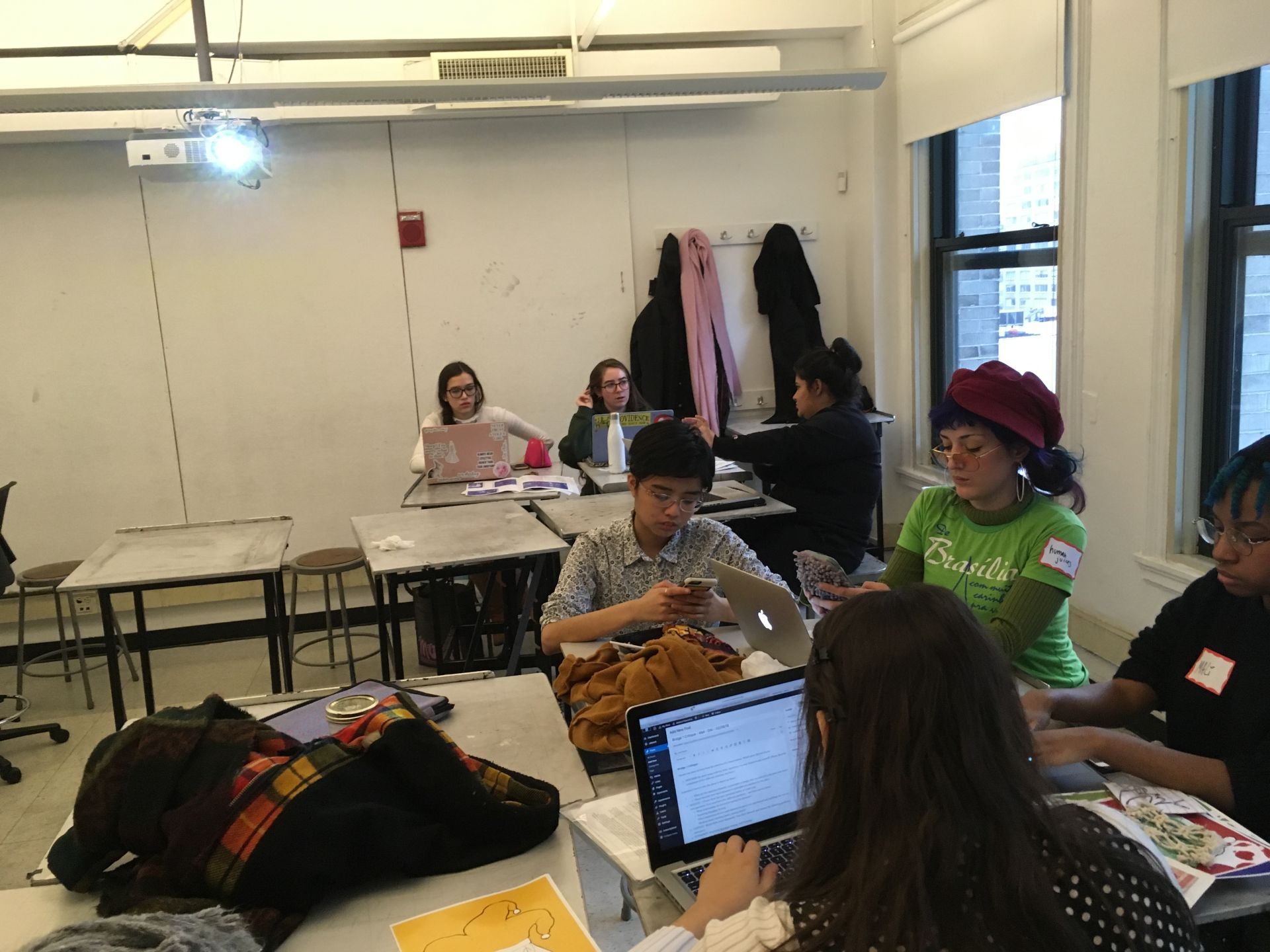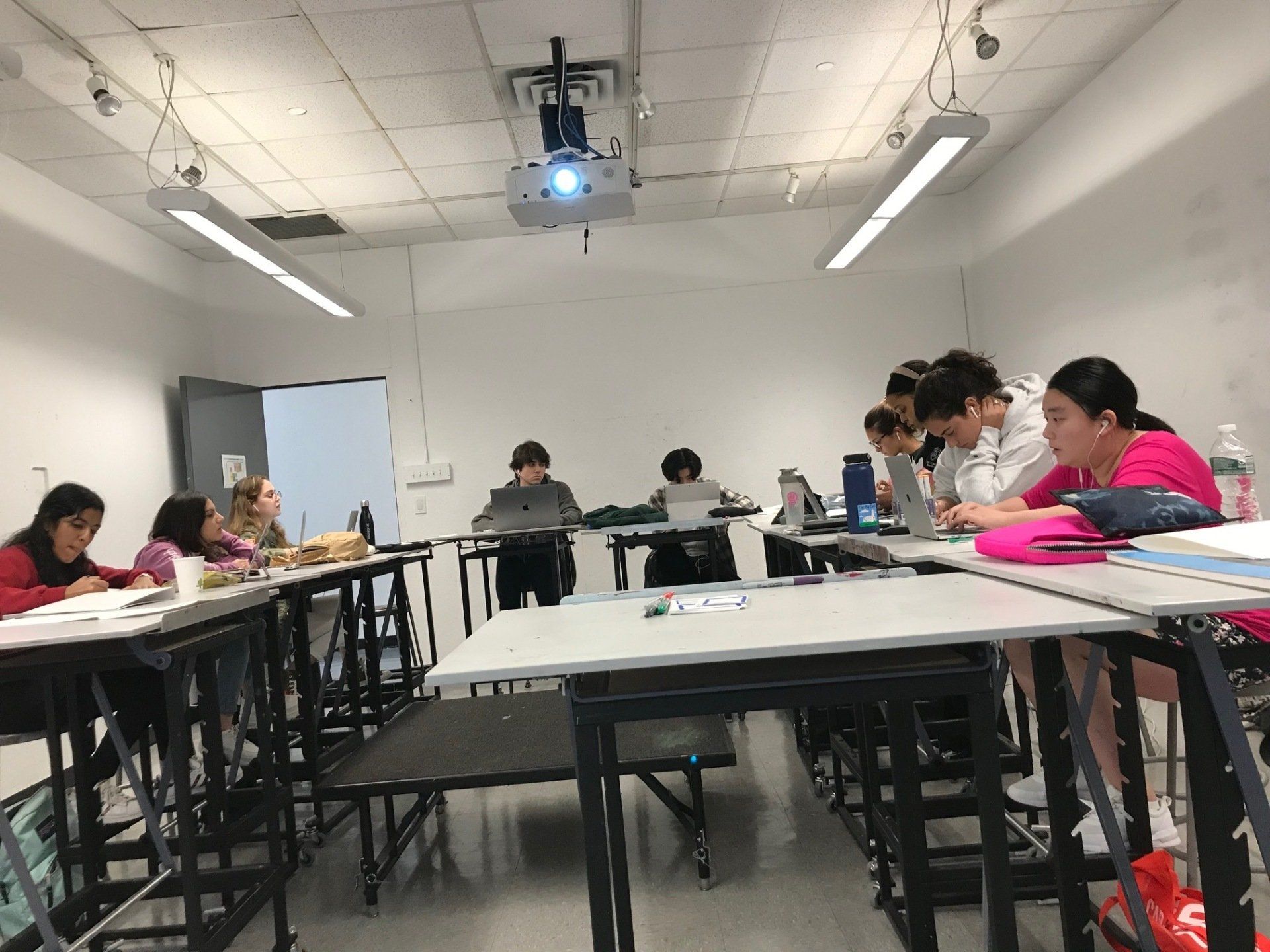COURSES
COURSE INSTRUCTION
Sample Syllabi & Student Work - 2012 to present
From creating new courses, adapting skeleton syllabi, redesigning current courses, and developing learning outcomes for courses where there weren’t any specified, I have been working in University level course design since 2005. When I arrived to the School of Drama, I had the opportunity to begin working on the creation of a new BFA program in Dramatic Arts. Within that process, there is a course development phase. All core curricular courses and samples of electives must have syllabi written for them to submit to NYSED as part of program approval. I wrote the initial skeleton syllabi for all of the core BFA curriculum, and partnered with Pippin Parker, the Dean of the School of Drama, who wrote the technique courses.
I find it very creatively stimulating to design syllabi both for courses that I am instructing and for courses that I am co-developing with subject-area faculty.
Collaborative Research Studio
Required Third Year Curriculum - School of Drama BFA
The primary focus of learning in any CRS course is the collaborative relationship.
*I designed this series of courses as the Civic Engagement requirement for the Third Year in the BFA Dramatic Arts program. From 2015 to 2017, colleague Kirya Traber
was the CRS Coordinator and one of the faculty in the program.
Additional faculty include:
COURSE DESCRIPTION:
Collaborative Research Studio (CRS) combines philosophy in action (as research) and civic engagement to offer an experiential, community partnership-based research project which requires work both inside the classroom and in the field to create positive change.
Each CRS focuses on a specific type of research method and a specific community and it's members in the metro New York City area. You will learn theory and practice skills that allow you to do research which will inform both your understanding of contemporary civic and community challenges and your own performative practice.
This class will allow you to answer the following questions:
What is the intersection of theater practice/ dramaturgic research methods and civic engagement? How can I use my dramatic arts techniques, skills, and design thinking to create positive change outside of the theater environment?
You will be challenged in this class to work both independently and collaboratively with community members. You will be guided step-by-step through the research and creative process, from qualitative and field research to concept visualization, and reflective practice. Qualitative understanding will be gathered directly in the city, through digital research, and in relationship with stakeholders in the community.
_____
Each of the methodological tracks offers a distinct artistic method for developing a collaborative relationship. This collaboration begins between the School of Drama and partner organizations and is then individualized between students and partner members. The collaborative relationship the focus that remains constant across all CRS courses.
Common Learning objectives for all CRS courses:
- Foundations in Selected Methodology
- Foundations in Community Engagement Principles
- Asset Mapping with Organizational Partners and the Student Cohort
- Understanding Organizational Structures
- Tools for Developing and Sustaining Collaborative Relationships
- Developing Partner Relationships
- Preparing for and Engaging in Projects
Creative Technologies
Required First Year Curriculum - School of Drama BFA
The primary focus of learning in Creative Technologies is the iterative process.
*I designed this course as the visual thinking requirement for the First Year in the BFA Dramatic Arts program. From 2014 to 2018, William Cusick
has been the Department Head for Creative Technologies. William has adapted this syllabus since 2012 when it was first developed.
Faculty who have taught this course include:
The course looks at the character of different media forms, the relationship between forms, and guidelines for choosing which combination is best for a given communications or performative project. The course will interweave principles of Graphic and Media Design concepts into production projects using industry standard software tools and techniques for still image editing, production for print and web. Concentrating on design thinking, it offers an experiential tour of the creative toolset and critical precepts of creative technologies. Class sessions will be supplemented by regular screenings and professional examples.
This course provides a broad orientation for understanding both traditional and emerging media forms and practices in communication design, and explores their application in the theater, and performative practice.
The trajectory of this course is designed to bring students from basic elements of design, through narrative photography, into film and new media (web 2.0) and finally to the convergence of film and performative practice. The content of this class relates to the content and activity in both the Aesthetic Inquiry, and Writing & Orality classes.
LEARNING OUTCOMES AND PERFORMANCE CRITERIA:
Through a series of short projects, students work with the digital still image and its sequencing, sound, lighting and the moving image and digital post-production. Using simple digital tools, you will focus on the important primary concepts of digital media making.
This course provides a broad orientation for understanding both traditional and emerging media forms and practices in communication design, and explores their application in the theater, and performative practice. Participation in class discussions is expected and will be counted in the final grade.
Readings, discussions and assignments have been designed so that you will learn to:
- Develop a vocabulary of design elements and compositional principles.
- Develop basic hardware and software knowledge using relevant design applications.
- Develop a foundational understanding of creative processwork.
- Understand the importance of documentation and presentation in the articulation of a creative project.
- Develop a responsible, engaged and informed critique.
- Develop forma craft and presentation skills in a manner that appropriately and successfully reflects and communicates intent.
Integrative Studio 1 & 2
Required First Year Curriculum - Parsons
The primary focus of learning in Integrative Studio is the application and synthesis of technique based in research. This is a thinking class with making outputs.
*The following course description has been developed by faculty at the First Year Program at Parsons School of Design. The language below is theirs. The downloadable syllabi are my adaptations of the skeleton syllabi provided by the program. They were created in collaboration with the seminar faculty.
Seminar faculty partner teachers:
Xavi Acarin, Małgorzata Bakalarz Duverger, Anna Fridilis, Sebastian Grant, Macushla Catherine Robinson, and
Samantha Zighelboim
IS1 Studio
In Integrative Studio I students explore a range of visual, analytical, and making skills while working on projects that draw upon collaboration and cross-disciplinary investigation. The focus of this course is not only on the “how” of making things, but also the “why.” How is it that we make sense of our ideas, the information we collect, and our hunches and theories? And what can this inquiry tell us about why we make decisions as creative thinkers? Students work in teams on projects that encourage exploration through research and prototyping, and are expected to integrate learning from other first year courses and experiences into their work.
This course shares a common theme with Integrative Seminar I and at various times in the semester, the two classes share ideas, concepts and assignments through bridge topics, in this way bringing together reading, writing and making in a manner that is essential to the creative work of artists and designers in every discipline. The Parsons Learning Portfolio is introduced and developed in this course.
IS2 Studio
How many ways are there to explore an idea? In Integrative Studio 2, students fact-find individually and in groups to explore all types of discovery and documentation. Research often requires moving out into the world through field work, experimentation, failure, and creative problem solving.
Over fifteen weeks, you will engage with a wide variety of studio-based research methods – both digital and analog – through pursuing one overarching research question / problem through a project that you are also pursuing in the Integrative Seminar 2 through seminar-based research methods. Idea research and development is presented through the lens of one of four themes that align with the different schools at Parsons: Systems and Strategies, Constructed Environments, Fashion, and Visual Culture. The course emphasizes beginning to think about and do research through, for, and of design and art. Working in studio, students will use digital tools, online platforms, studio-based research (such as materials investigations, prototype testing, peer critique, etc.), and fieldwork to create a research question, investigate it through multiple means, and make a project that addresses your findings over the course of the semester.
The studio integrates learning from other first year courses, especially in thematic links to Integrative Seminar 2. At various times in the semester, the two classes share concepts and assignments, bringing together reading, writing and making in a manner that is essential to the creative research of professional artists and designers.
Integrative Seminar 2
Required First Year Curriculum - Parsons
The primary focus of learning in Integrative Seminar is understanding how research works with the primary outputs being written expressions of the research.
*The following course description has been developed by faculty at the First Year Program at Parsons School of Design. The language below is theirs. The downloadable syllabi are my adaptations of the skeleton syllabi provided by the program. They were created in collaboration with the studio faculty.
Studio faculty partner teacher:
IS2 Seminar
How many ways are there to explore an idea? In Integrative Studio 2, students fact-find individually and in groups to explore all types of discovery and documentation. Research often requires moving out into the world through field work, experimentation, failure, and creative problem solving.
Over fifteen weeks, you will engage with a wide variety of studio-based research methods – both digital and analog – through pursuing one overarching research question / problem through a project that you are also pursuing in the Integrative Seminar 2 through seminar- based research methods. Idea research and development is presented through the lens of one of four themes that align with the different schools at Parsons: Systems and Strategies, Constructed Environments, Fashion, and Visual Culture. The course emphasizes beginning to think about and do research through, for, and of design and art. Working in studio, students will use digital tools, online platforms, studio-based research (such as materials investigations, prototype testing, peer critique, etc.), and fieldwork to create a research question, investigate it through multiple means, and make a project that addresses your findings over the course of the semester.
The studio integrates learning from other first year courses, especially in thematic links to Integrative Seminar 2. At various times in the semester, the two classes share concepts and assignments, bringing together reading, writing and making in a manner that is essential to the creative research of professional artists and designers.



